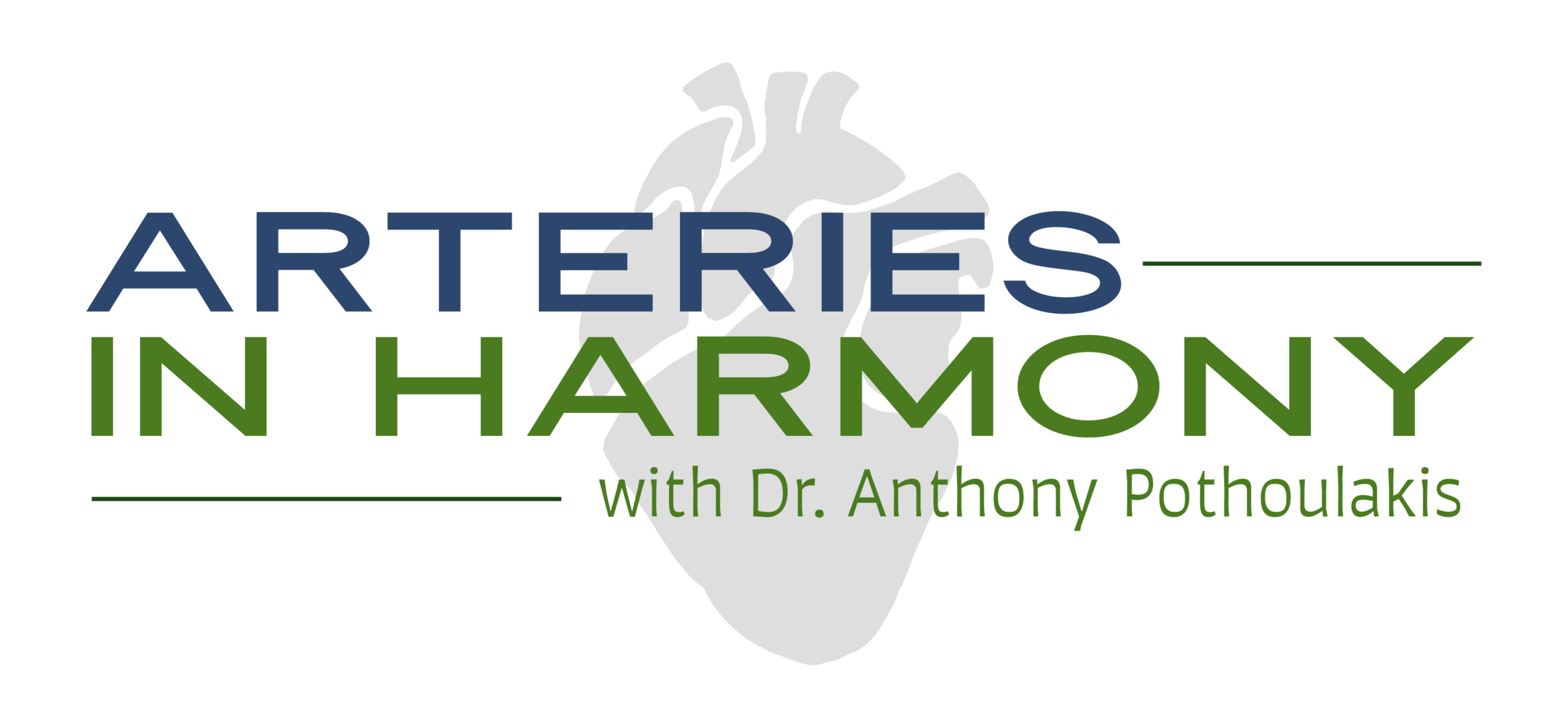Do you know what your blood pressure is? - Part 2
Let’s continue our talk today about High Blood Pressure. In my last blog we covered normal vs high BP, how to take your own blood pressure at home, and how your physician is always the best resource.
Suppose you go to your family doctor once a year for your wellness check up. Let’s say it’s June of 2018, and your blood pressure is at 130 over 80. Very normal. Flash forward to November or December, and suddenly your blood pressure starts to rise to 140, 150, and so on. Most HBP symptoms will not show up right away. That means that when you finally go back to your doctor for your yearly check up in June of 2019, your “healthy” blood pressure is now way higher than you ever intended. That means you have let your arteries and heart to deal with high blood pressure for 4 or 5 extra months, without ever knowing it!
Now, if you’re able to monitor your BP at home, you don’t have to schedule a checkup every 6 months or more often, as you start to get older. You can do everything in the comfort of your own home without even having to set foot in a doctor’s office. Technology is a beautiful thing, isn’t it? Ideally, you should be checking your blood pressure once, if not twice a day. After one week, doing it twice a day, you’ll have 14 measurements to base your analysis on. You can decide then whether a doctor’s visit is worth the trip. This does not apply to people that have diabetes, trouble with their weight, and any previous heart attacks-they should not skip any scheduled appointment.
If it’s possible, check your blood pressure at home on a regular basis — a small investment could save you hundreds or thousands in the long term!
Our arteries are our lifelines - they are like highways, avenues, streets, and alleys. Cities cannot survive without roads, just like your body cannot survive without arteries to guide the blood from organ to organ. Every heartbeat is a mechanical stressful event. With every heartbeat about 2 to 3 ounces of blood are expelled from the heart to the aorta, making it larger to accommodate the blood volume. The inside of our arteries is covered by a carpet- like material called endothelium, also referred to as “endo” cells. These cells are extremely important because, as your blood pressure rises, these cells begin to expand and stretch, eventually stretched so thin that they allow destructful molecules and cholesterol to invade the artery wall. The result can be a stroke, heart attack, or any other serious issue. So, in order to keep this carpet-like material intact and stable, we need to watch our blood pressure and be aware of how our body is changing with age.
I cannot stress enough that you are the only one that can monitor YOUR health and keep it on track. No one wants to have to go to the doctor’s every month or paying insurance bills if it’s possible to monitor your blood pressure from your own home. Track your blood pressure, eat right, and exercise as needed - it’s as simple as that!
To your health,
Dr. Anthony

